Rionero Sannitico (IS), la Chiesa Madre
2018
La Chiesa Madre, dedicata a San Bartolomeo Apostolo e costruita nel 1717, rappresenta il maggior esempio artistico tra gli edifici sopravvissuti alla guerra e ai terremoti. Al suo interno vi sono ancora presenti degli affreschi, di indubbio valore storico-artistico, risalenti al XVIII secolo. Di altri affreschi, gravemente danneggiati dal terremoto del 1984, è rimasta sfortunatamente solo qualche fotografia a testimonianza di come la Chiesa abbia vissuto tempi più floridi.
You may also like
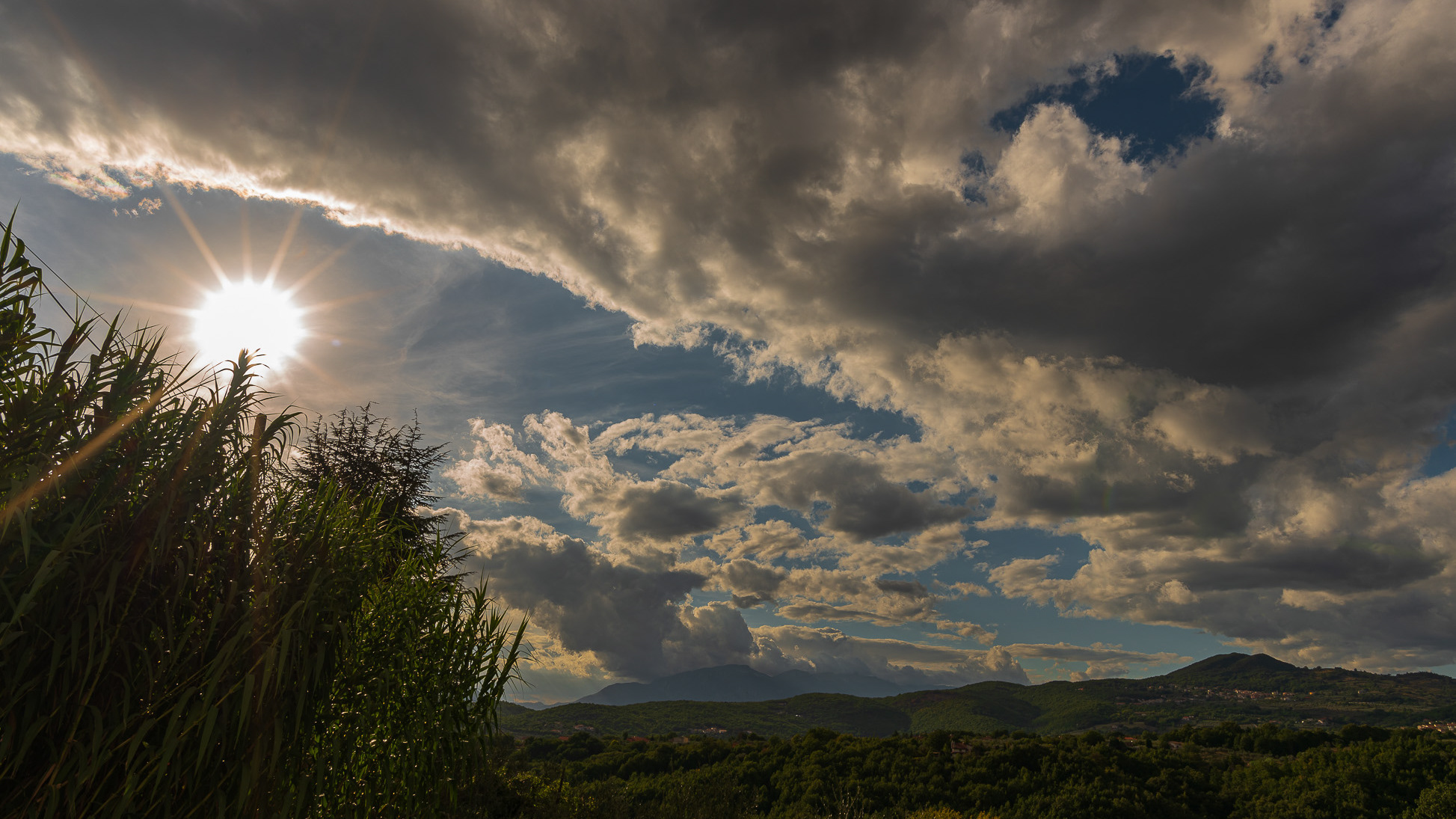
2022
Molise, Italy. Landscape on a late summer afternoon
Molise is an Italian mountainous region with a stretch of coast overlooking the Adriatic Sea. It includes a part of the Abruzzo National Park in the Apennine mountain range, with a rich wildlife.
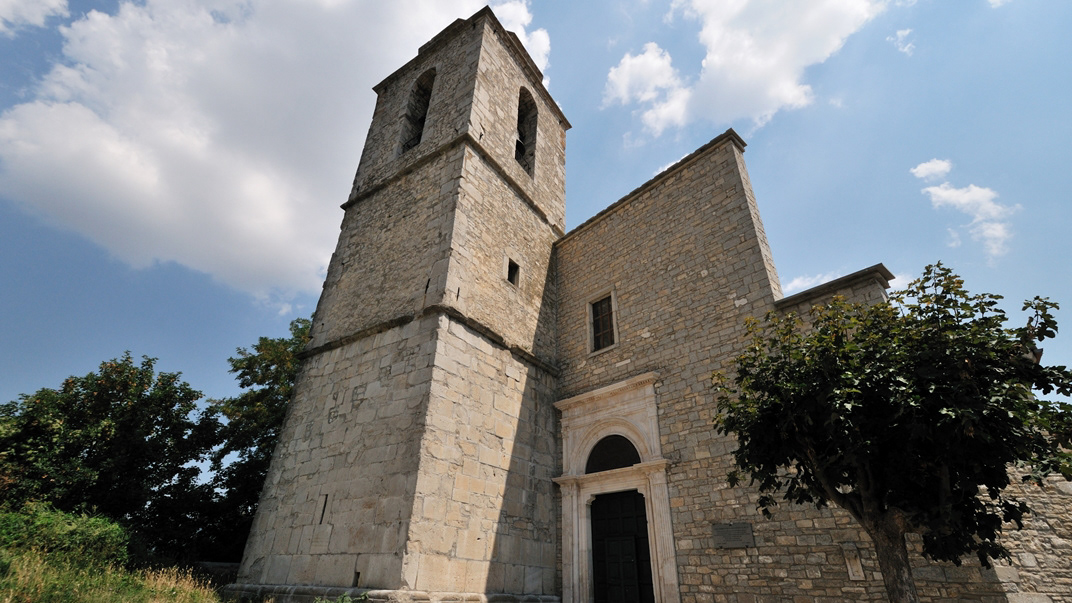
2015
Miscellanea
Agnone (Agnèune in dialetto locale) è un comune italiano di 4 957 abitanti della provincia di Isernia in Molise. Fino al 1811, per circa 600 anni, Agnone e il suo circondario sono sempre stati parte integrante del Giustizierato d'Abruzzo e dell'Abruzzo Citra, nel distretto di Lanciano. Antica città sannita, è sede del più antico stabilimento al mondo per la fabbricazione delle campane (Pontificia fonderia di campane Marinelli), fondato intorno all'anno 1000 e tra i pochi che possano fregiarsi dell'onore di utilizzare per i propri prodotti lo stemma pontificio. Agnone è una cittadina di circa 5000 abitanti ubicata nell'Alto Molise. Si trova a 830 m di altitudine sul livello del mare, circondato da un paesaggio montuoso rivestito da boschi e praterie.
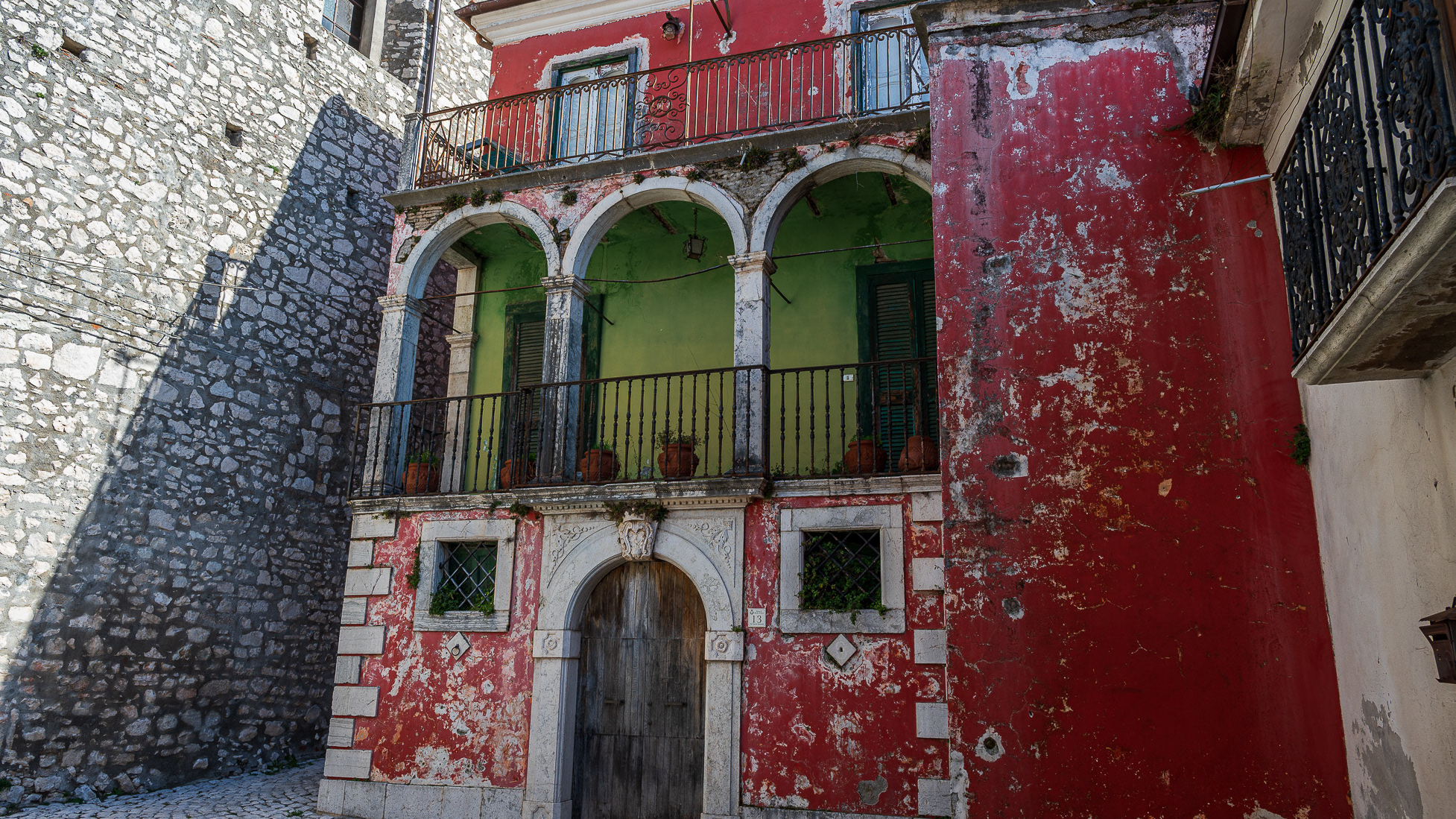
2023
Macchia d'Isernia. Glimpses and panoramas
Macchia d'Isernia is an Italian town of 1,008 inhabitants in the province of Isernia in Molise. The most important monuments are the baronial castle D'Alena and the church of San Nicola di Bari.
2023
Mainarde. Autumn landscape. Foliage
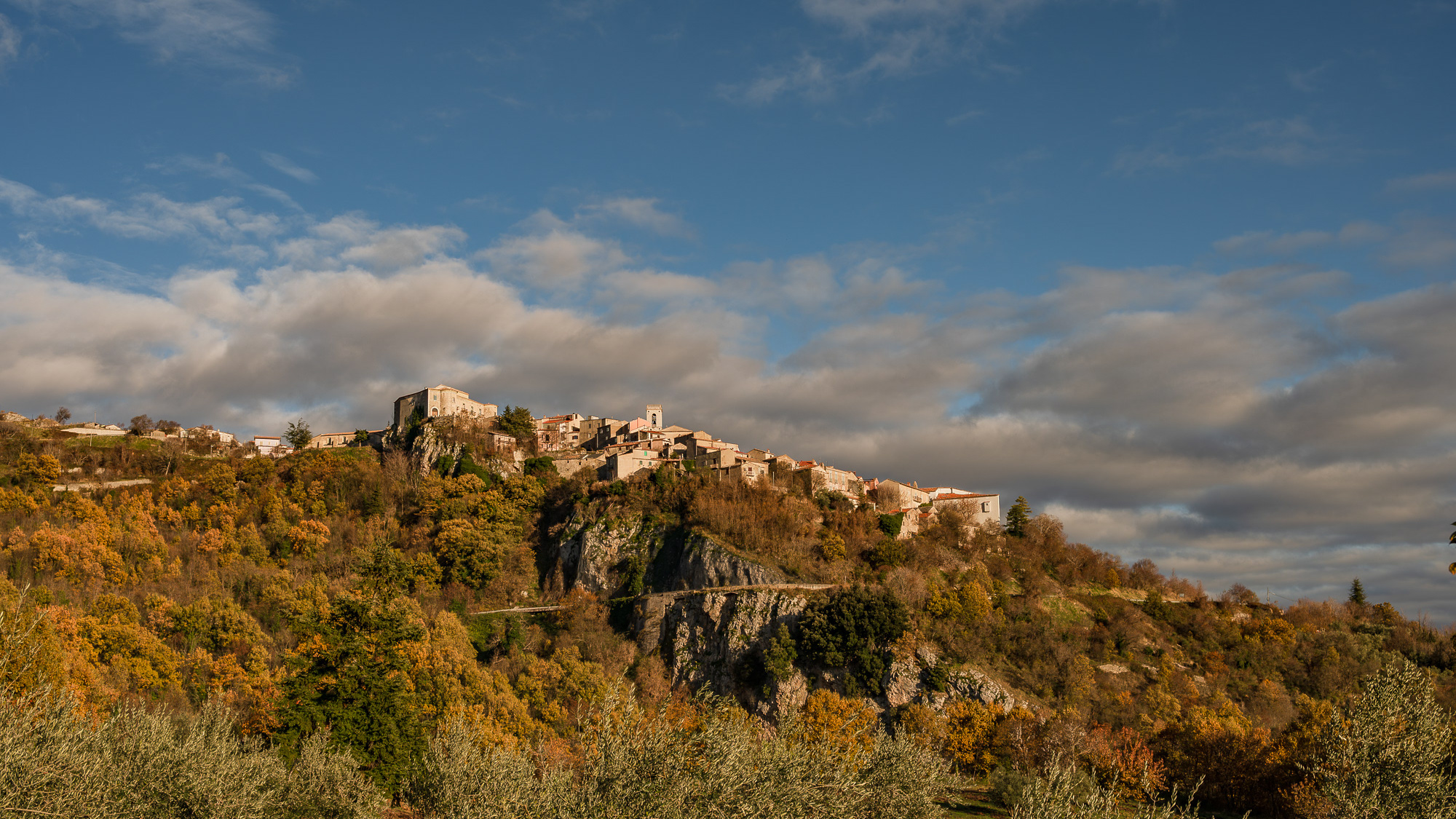
2024
Macchiagodena. Glimpses of autumn.
Macchiagodena is an Italian municipality of 1,648 inhabitants in the province of Isernia in Molise.
2022
Molise, landscapes
2023
Castelpetroso, The Sanctuary. Via Matris
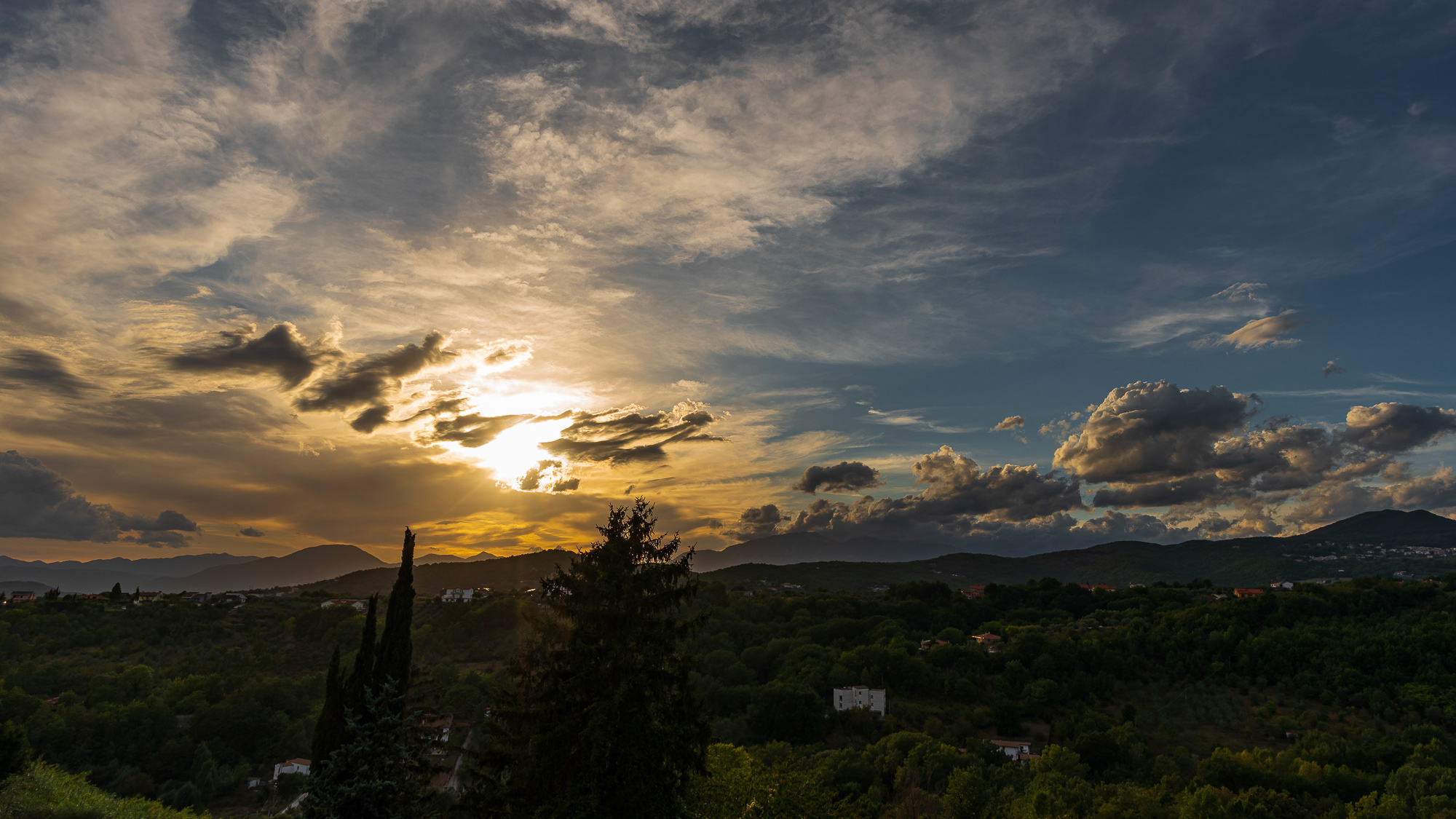
2022
Spectacular photographs of sunsets in Molise, Italy
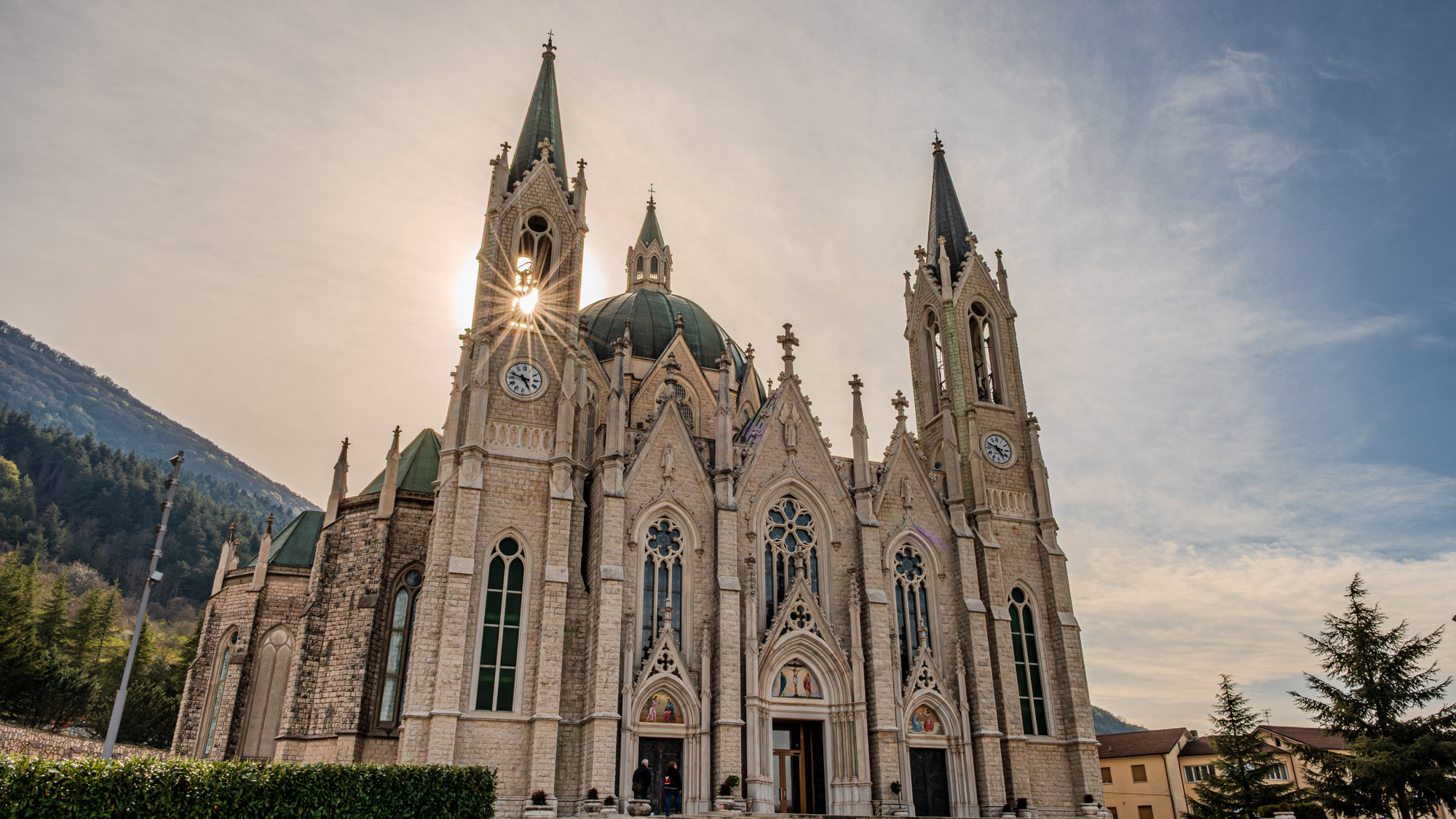
2025
Castelpetroso. Sanctuary of the Madonna Addolorata
2021
Isernia, the Cathedral
The cathedral of San Pietro Apostolo is the most important Catholic church in the city of Isernia, mother church of the diocese of Isernia-Venafro and seat of the parish of the same name. It is located in Piazza Andrea d'Isernia, in the historic center of the city and stands on an ancient Italic pagan temple from the 3rd century BC; its present appearance is the result of numerous interventions, carried out both after the numerous earthquakes, and as a result of renovation projects of the building.
